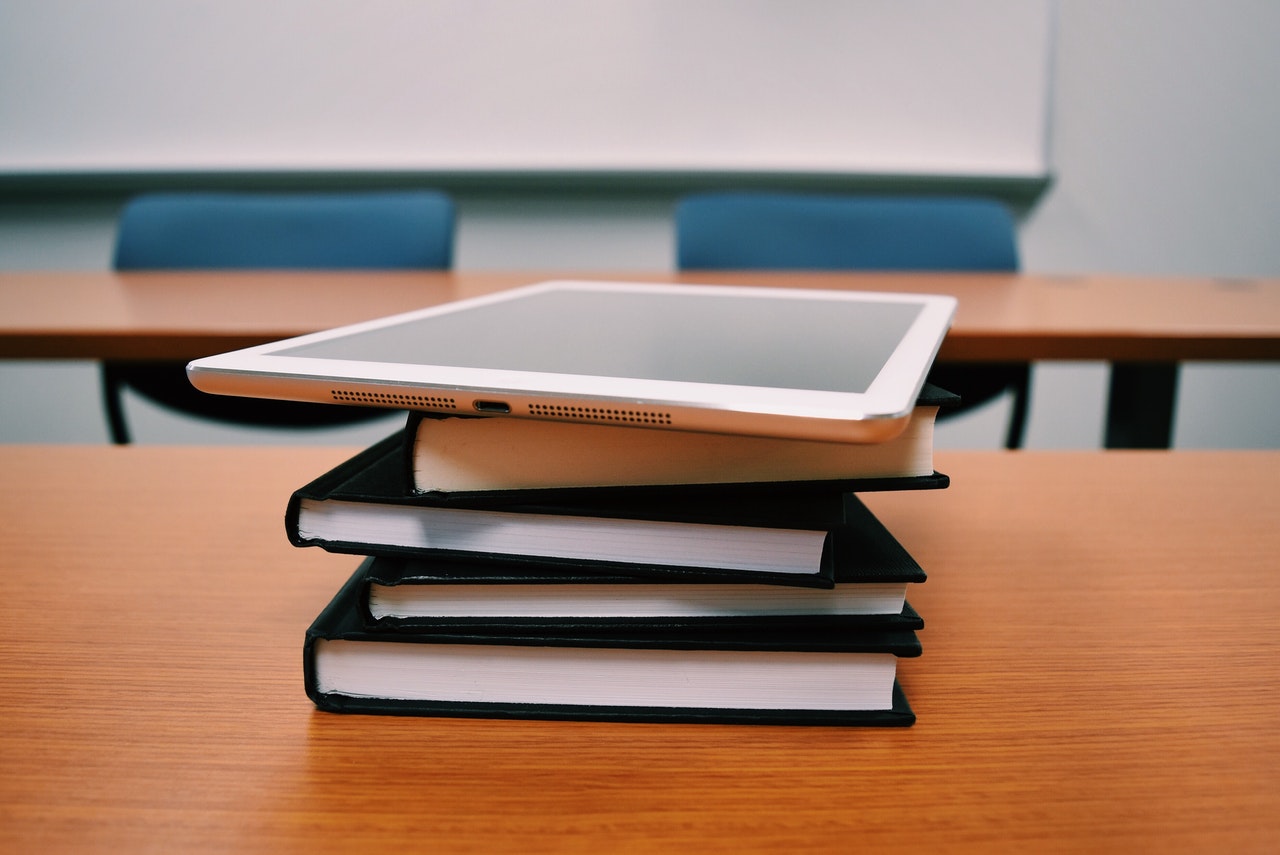The modern age can be best classified as the digital age. We live in a time of unprecedented communication and information technology, with technology underpinning almost every aspect of life. If this period of rapid technological advancement is to be embraced and the benefits maximised, the time has come to ensure that everyone in the world has access to the infrastructure that will allow them to be a part of the digital revolution.
The World Bank invests heavily in projects that help developing countries to prioritise the strengthening of digital infrastructure to facilitate access for businesses, communities, and individuals all around the world. Through the International Finance Corporation, the World Bank is working to invest in technology for education, to improve access to education and learning outcomes.
The Bridge Kenya IFC partnership works with a proven model for education, utilising technologies to facilitate better learning. Bridge Kenya teachers are provided with tablets through which they can download teaching materials and be supported with teacher guides. The tablets also enable the organisation to monitor teacher and student performance and attendance using mobile technology and state-of-the-art data analysis. The technology means that previously opaque classrooms become transparent and that education policy decisions, teacher training and pedagogy iteration can be based on near real-time data. These investments in technology have resulted in figures demonstrating the superiority of the system, with students attending Bridge International Academies outperforming their peers at public schools in multiple national exams.
Bridge International Academies is part of a wider portfolio of IFC investment in education as part of its focus on education as a key driver in the battle to reduce poverty. IFC invests in a wide range of learning establishments, support, and resources to deliver high-quality education and training to millions. Bridge – and its parent company – is currently employing 6,000 people and educating 1 million students a day across five countries.
Approximately 19% of all IFC investment goes directly to education technologies, teacher training and publishing. Just under 75% of investment focuses on tertiary education, helping more people to enter employment with the right qualifications and training to be able to further their careers. The remainder of investments focus on basic education at primary and secondary school level, helping children get the right start and develop the skills and knowledge required to benefit from tertiary education once they complete their schooling.
As technology advances and becomes more accessible and more affordable, access to education and learning outcomes will continue to improve.







